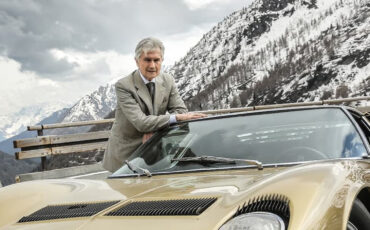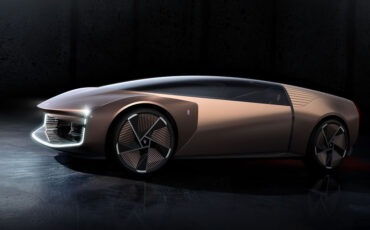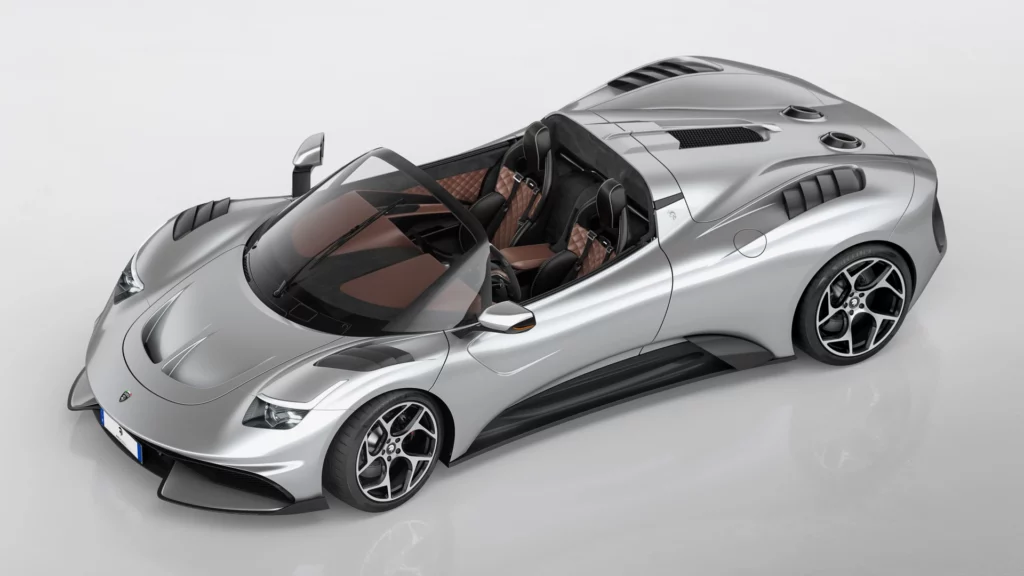
A new open-air version
ARES Design Modena today unveiled its latest and exciting supercar dedicated to open-air driving enthusiasts: the ARES S1 Speedster.
The evolution of the S1 Project platform, the S1 Speedster, which will replace the previously announced S1 Spyder, continues the stylistic path of the S1 Spyder, but introduces a new design featuring a wraparound and streamlined windscreen, perfectly connected to the sinuous and muscular lines of the carbon fibre bodywork.
The S1 Speedster, thanks to its “Targa” design, has been conceived for all those who want to experience the thrill of open-top sports driving but are also looking for a more comfortable and refined experience, guaranteed by the aerodynamic protection offered by the new windscreen. The cockpit is thus completely enveloped by the glass surfaces, which connect in a single, ideal line with the rear engine bonnet above the headrests.
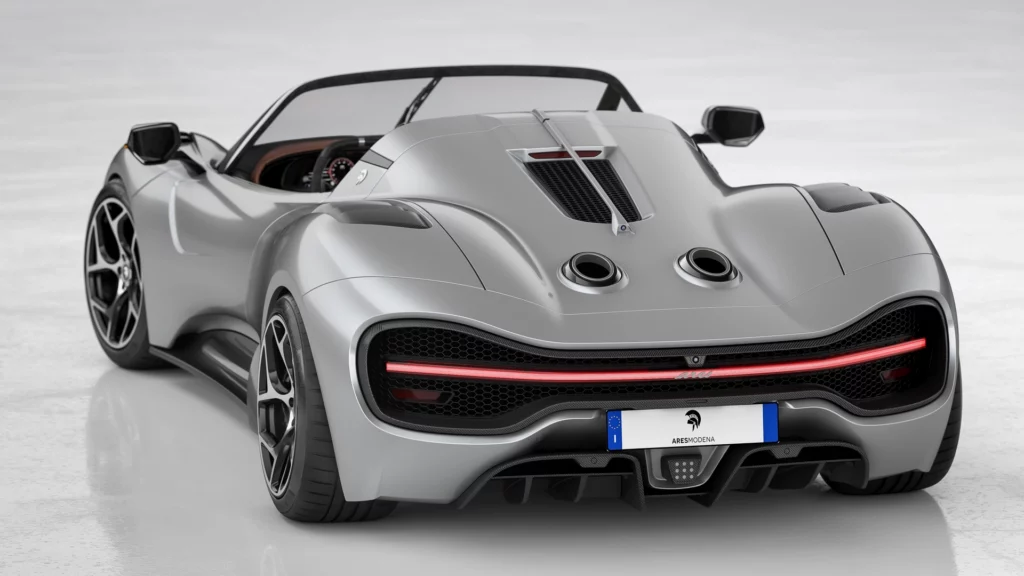
With the launch of the new S1 Speedster, the ARES Modena’s Centro Stile also introduces some important design updates that will also be incorporated in the S1 Project coupe. These changes are as aesthetic as they are functional, dictated by the search for the best compromise between style, aerodynamic efficiency and safety. The most significant modifications have taken place at the front, completely revamped headlight units have been introduced while maintaining the sleek volumes and curved shapes. These units now have a horizontal layout and use full LEDs with a characteristic cross motif, a reference to the heraldic coat of arms of the city of Modena, the birthplace of ARES. Above the main body of the headlights, delicate DRLs give impetus to the design of the S1 Project and integrate the direction indicators.
The work of the Modenese designers has not spared even the S1 Project’s interior, which has been completely revised to optimise and emphasise the dynamic experience of the occupants. The characteristic “domes” above the cockpit remain, but there are new seats along with a new infotainment system with three different displays: the one in front of the driver communicates with the large central screen and a smaller one for the passenger. In keeping with the tradition of every ARES Modena project, the customisation possibilities are virtually endless, in terms of colours, finishes and materials. However, in the centre of the cabin, the exposed carbon fibre tunnel remains in full view: a choice dictated by the desire to leave exposed a portion of the S1 Project’s “soul”, intrinsically tied to this precious material.
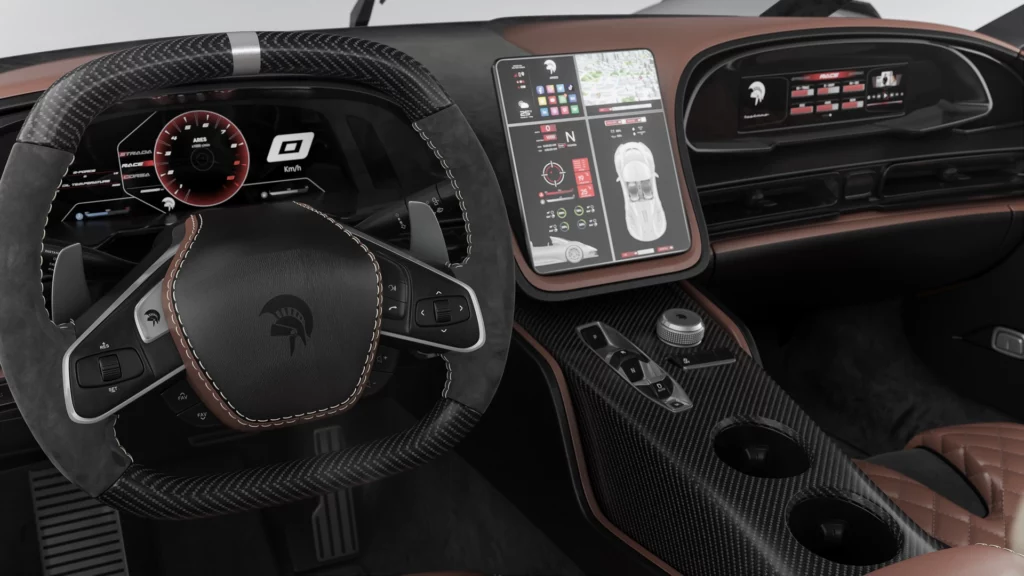
Like the S1 Project, the New Speedster is powered by a mid-mounted naturally aspirated V8 engine connected to an 8-speed dual-clutch gearbox that sends power to the rear wheels. Giving voice to this exciting powertrain is an exhaust system with outlets located directly on the rear bonnet. The S1 Speedster’s bodywork is made entirely of handmade carbon fibre and its shape has been optimised through in-depth CFD analysis. This extensive aerodynamic study was necessary to ensure that the car not only has an incisive and recognisable design, but also perfect engine cooling and, above all, balanced dynamic handling that would be predictable and engaging in both road and track action.
The New ARES S1 Speedster will be produced in a limited series of 24 units, each of them completely tailor-made. The order book is now open, with a price communicated upon request.

